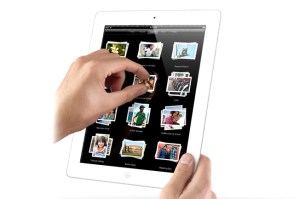
Market analysis firm Gartner has revised its forecasts for PC shipments during 2011 and 2012—and the news isn’t that good for PC manufacturers. Gartner still predicts that PC shipments will increase by 10.5 percent in 2011 and 2012 as the world economy recovers, but that figure is a downward revision of an original growth estimate of 15.9 percent. The reason? Gartner believes China’s PC market will be weaker than it initially expected, but the company also believes consumers are going to want fewer PCs as they shift their attention to tablets and smartphones—and that shift is being driven in part by many users need to be constantly connected to their social networks.
“We expect growing consumer enthusiasm for mobile PC alternatives, such as the iPad and other media tablets, to dramatically slow home mobile PC sales, especially in mature markets,” said Gartner research director George Shiffler, in a statement.
Gartner notes that mobile PCs—notebooks and netbooks—have been driving PC shipment growth for the last five years, with mobile PCs annual growth rates coming close to 40 percent. However, the proliferation of Wi-Fi capable smartphones and tablet devices means that few consumers require a mobile PC to stay connected to the Internet. Gartner believes that consumers are more likely to hold off on buying new mobile PCs—and milk extra life out of any devices they already have—as they focus on smartphone and tablet platforms. Gartner also notes that netbooks and other portable PCs don’t have the fashion cache of tablets and other devices: even though PC makers have partnered with fashion designers and others to make PCs more appealing, most can’t compete with tablets and other portable devices for portability and battery life.
Gartner does expect that the professional market for PCs will show double-digit growth in 2011 and 2012, but notes that even in enterprise and professional environments media tablets are being evaluated as PC substitutes.
Editors' Recommendations
- The 6 best tablets for kids in 2024
- The best drawing tablets for beginners and professionals
- I abandoned my iPad for an Android tablet and didn’t hate it
- How we test tablets
- The best tablets for seniors for 2023


